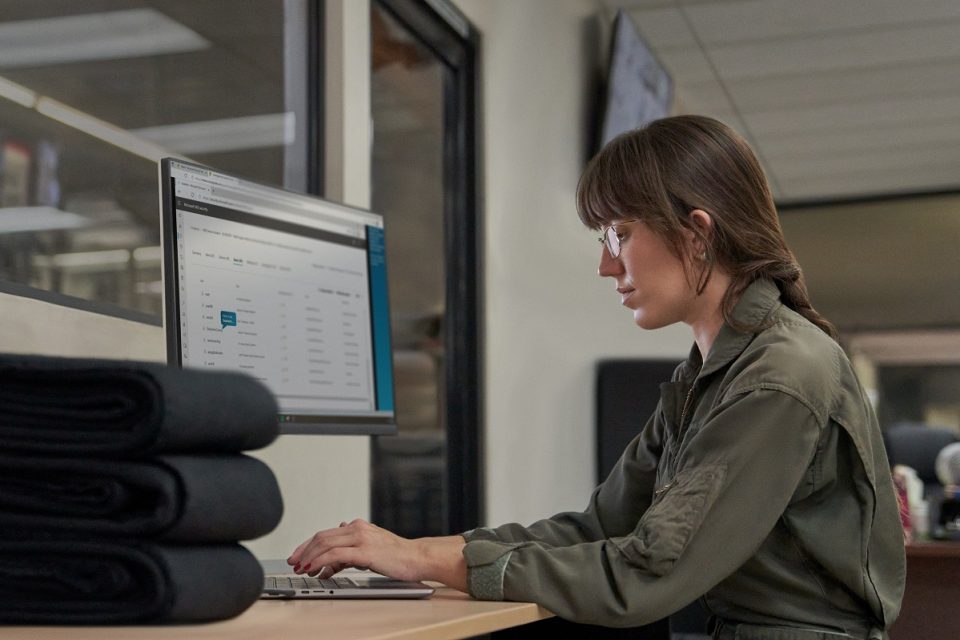Employee expectations are higher than ever. They want flexibility and face time, and are making career changes that prioritize personal goals and wellbeing. And based on findings from Microsoft’s 2022 Work Trend Index, there is no going back to the way it once was. Understanding and keeping pace with new expectations is a challenge facing every leader today – and one that will be key to making “Hybrid work” work.
Microsoft’s second annual study outlines findings from a survey of 31,000 people in 31 countries, along with an analysis of trillions of productivity signals in Microsoft 365 and labor trends on LinkedIn.
There are five key trends emerged from this research, which serves as a roadmap for leaders today as they chart their course into the uncharted territory of hybrid:
- Employees have a new “worth it” equation – What people want out of work and what they’re willing to sacrifice for a job has evolved. Survey found 53% of people are now more likely to prioritize their health and wellbeing over work, while 18% of respondents quit their jobs last year. Looking ahead, 52% of Gen Z and Millennials are likely to consider a new job in the next year.
- Managers feel wedged between leadership and employee expectations – Managers are closest to employees and have the greatest visibility into problems and solutions. Research shows that 50% of leaders say they have plans for a full in-person return to the office this year. This tension is falling on managers – 54% of managers feel leadership is out of touch with employee expectations and 74% percent don’t feel they have the influence or resources they need to implement change for their team.
- Leaders need to make the office worth the commute – Today, 38% of hybrid employees say their biggest challenge is knowing when and why to come into the office, yet only 28% of leaders have created new team agreements for hybrid work. In addition, 43% of remote workers do not feel included in meetings, but only 27% of leaders say their company has developed hybrid meeting etiquette to ensure everyone is included and engaged.
- Flexible work doesn’t have to mean “always on”- Meetings and chats are on the rise, frequently spilling over the traditional 9 to 5 workday. In fact, weekly time spent in meetings for the average Teams user is up 252% since March of 2020, and after-hours and weekend work has grown at 28 % and 14% respectively.
- Rebuilding social capital looks different in a hybrid world – While most hybrid workers have been able to maintain their team bonds (58%), only half of remote workers say they have a thriving relationship with their direct team and even fewer (42%) have a strong relationship with those outside their team.
The transition to new cultural norms will benefit from technologies designed for this hybrid world – ones that bridge the digital and physical, ensuring every employee can engage and contribute, regardless of where, when, or how they are working. Therefore, some of Microsoft latest product innovations that make hybrid work possible are Outlook RSVP, Teams Rooms with Front Row, Teams Connect, PowerPoint Recording Studio and Cameo and a new Microsoft Viva Insights resource – the Inspiration library.
For more on these updates and other news across Microsoft Loop, Surface Hub, Whiteboard and Teams visit M365 blog.





